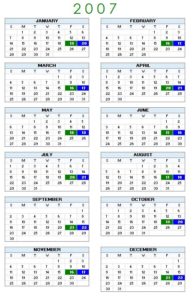![]()
Stock Market Holiday Calendars and FREE E-BOOK
12 SIGNALS TO MASTER ANY MARKET
WHEN YOU SIGN UP FOR OUR NEWSLETTER
| 2018 Stock Market Holidays | Date |
| New Year’s Day | January 1, 2018 |
| Martin Luther King, Jr. Day | January 15, 2018 |
| Washington’s Birthday/Presidents’ Day | Febuary 19, 2018 |
| Good Friday | March 30, 2018 |
| Memorial Day | May 28, 2018 |
| Independence Day | July 4, 2018 |
| Labor Day | September 3, 2018 |
| Thanksgiving Day** | November 22, 2018 |
| Christmas | December 25, 2018 |
| **The NYSE Trading Floor closes early (1PM ET) on Friday the day after Thanksgiving |
Remember, the professional money managers often vacation around scheduled exchange holidays.
They may also close positions several days before, causing lighter volume around the stock market holidays.




 As illustrated, a stock price closing higher than where it opened will produce a white candle. A stock price closing lower than where it opened creates a black candle. The boxes formed are called “the body”. The extremes of the daily price movement, represented by lines extending from the body, are called “shadows or tails.”
As illustrated, a stock price closing higher than where it opened will produce a white candle. A stock price closing lower than where it opened creates a black candle. The boxes formed are called “the body”. The extremes of the daily price movement, represented by lines extending from the body, are called “shadows or tails.”